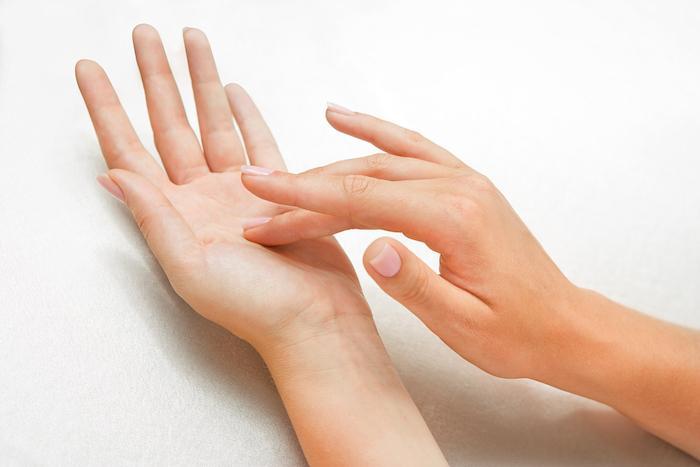

Your hands help you carry out almost every daily task, from writing to cooking, and from brushing your hair to driving. While most people protect their face from the sun’s harmful rays, they often forget to protect their hands.
For this reason, your hands are one of the most telltale factors of age. People notice your hands more than you think, and this is why keeping them in healthy condition and protected from the sun is one of the best ways to retain a youthful appearance
L.A. Vinas Plastic Surgery, with two locations in Florida, provides antiaging hand treatments to keep your hands looking radiant for years to come.
Do you find that your hands age faster than the rest of you? Just like everything in life, your hands age too. With all the tasks and hard work your hands do daily, it’s no wonder they start to look run down.
Some of the ways your hands age include:
You probably have a skin care regimen for your face, but what about your hands? No matter your age, it’s never too late to start improving the appearance of your hands.
The muscles in your hands are tiny, yet very powerful. They are responsible for performing precise and delicate functions. Did you know there are over 200,000 nerves in your hands? That’s just another reason why your hands need love, too.
The antiaging hand treatment revitalizes the look and feel of your hands while giving an overall sense of rejuvenation. The treatment starts with ultrasonic microdermabrasion to lift away dirt, dead skin cells, and other imperfections. Vacuuming away debris and revealing new, healthy skin makes your hands look more radiant and feel much softer, too.
Also included in treatment:
The combination of these treatments takes years away from your hands while also preventing future sun damage.
Do you wear wrinkles and sunspots on your hands? For patients looking for a more intensive way to turn back the time on their hands, Icon™ intense pulsed light (IPL) may be a good option.
IPL uses a variety of different light beams to penetrate the second layer of your skin without harming the first layer. By using a handheld device, your skin’s pigment cells soak up the light and convert it to heat. The heat works the magic, destroying unwanted pigments like age spots, rosacea, freckles, and more.
IPL can effectively improve:
IPL for the hands takes approximately 30 minutes and most patients need 3-6 treatments to get the results they want.
You’ve heard it a hundred times — wear sunscreen. While you may not think your hands get burned, 90% of visible aging is caused by the sun.
Every day, slather on a dime-sized amount of sunscreen to the backs of your hands. Opt for an SPF of 30 or greater that’s mineral-based to avoid harmful, unnatural products.
Don’t think you need to wear sunscreen if you’re indoors? Think again. Harmful UVA rays can penetrate through windows making you prone to sun damage even while you’re at your desk.
Give your hands a hand — contact us to schedule your antiaging hand treatment today.